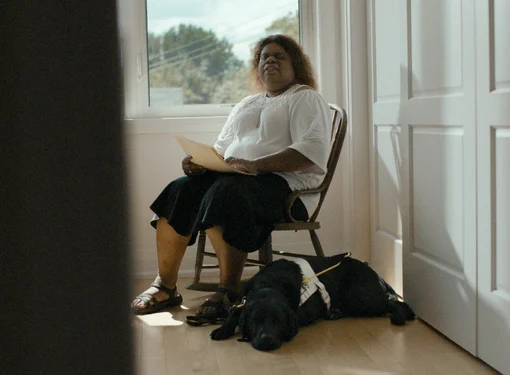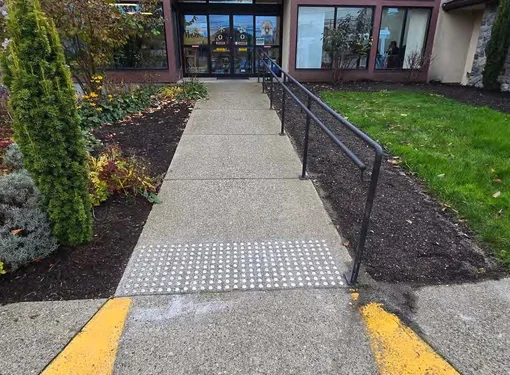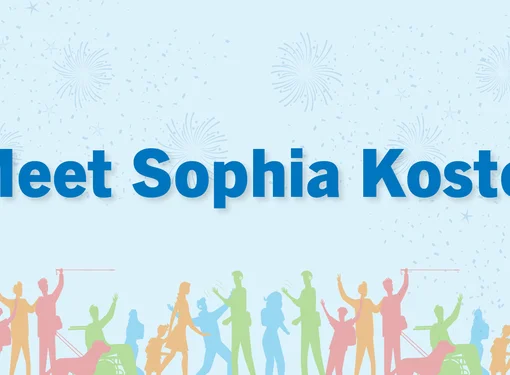Creating a Connected Community in Port Moody
For the City of Port Moody in the lower mainland of British Columbia, fostering an inclusive and engaged community is critical.
“One of our goals as a city is to connect the community,” said Sandy Tolentino, Project Manager, Engineering and Operations at City of Port Moody.
A part of connecting the community is ensuring access to all buildings to allow residents and visitors to engage fully.
The City of Port Moody’s accessibility plan is intended “to examine opportunities and provide actions that identify, remove, and prevent barriers for Port Moody residents and visitors of all abilities interacting with the City of Port Moody.”
They are taking steps to improve access across the city. In 2024, Port Moody was a recipient of the Rick Hansen Foundation (RHF) BC Accessibility Grants Program funding.
Thanks to support from the Government of British Columbia, this program supported B.C. municipalities to improve accessibility for people of all abilities. Recipients of the grants receive an Rick Hansen Foundation Accessibility CertificationTM (RHFAC) rating for up to three sites to identify areas of improvement; up to $90,000 in accessibility improvement funds; a post-improvement rating to showcase enhanced access; accessibility Awareness Training for municipal staff to foster a culture of disability inclusion; and complimentary RHFAC Training tuition grants for three eligible staff.
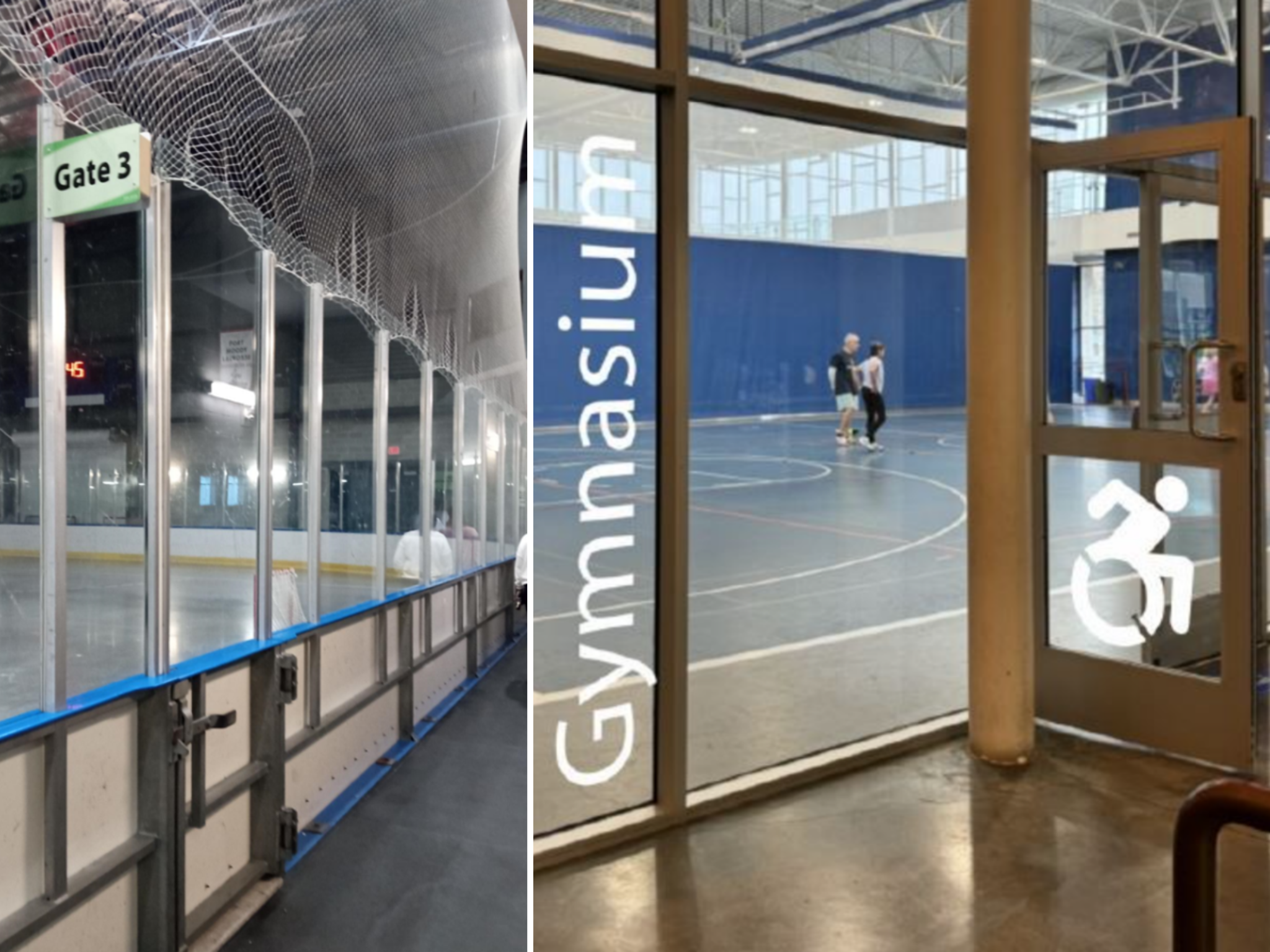
Accessibility Upgrades
Thanks to support from the RHF BC Accessibility Grants Program and additional funding from the city of Port Moody, the team was able to bring accessibility upgrades to two sites, the Port Moody Civic Centre and the Port Moody Recreation Complex.
“These two sites are our most popular buildings in the city,” Tolentino explained. By completing upgrades on these sites that see people with a wide range of abilities, they hoped to have the biggest impact possible.
Civic centers and recreation centres are wonderful community gathering spaces that serve everyone – visitors and residents alike. The Port Moody Civic Centre is home to City Hall, the Port Moody Public Library and the Inlet Theatre. The Port Moody Recreation Complex is next door to the civic center and offers a wide variety of activities including a curling rink, weight room, two gymnasiums, and a walking track, among so many others. Both sites have multipurpose rooms and many gathering spaces as well, encouraging residents to enjoy and engage with all that the sites, and the city, have to offer.
“With support from the RHFAC Professional we determined the short, medium and long term goals and then based on budget, figured out what upgrades would have the biggest impact,” Tolentino explained.
At both sites, one way the funding was used was to update wayfinding. New wayfinding features include raised lettering, Braille, use of symbols, strong colour contrast, and implementation of blade signage to increase visibility. Wayfinding has been added to the interior and exterior of the civic centre, creating a navigable building for all users.
Preliminary feedback has shown that these upgrades have been hugely beneficial. Tolentino and Val Tepes, Manager of Facilities at the City of Port Moody explained that one staff member has a disability and has commented on how it has improved the user experience greatly on site.
The City of Port Moody also upgraded the accessibility at both the civic center and the recreation complex by installing an evacuation chair in the areas of refuge. This change will allow everyone to evacuate the two sites quickly and safely in case of an emergency.
These buildings are a wonderful example of bringing community together, and upgrading these sites to make a more accessible holistic experience is directly in support of efforts and commitment the City of Port Moody has made to accessibility.
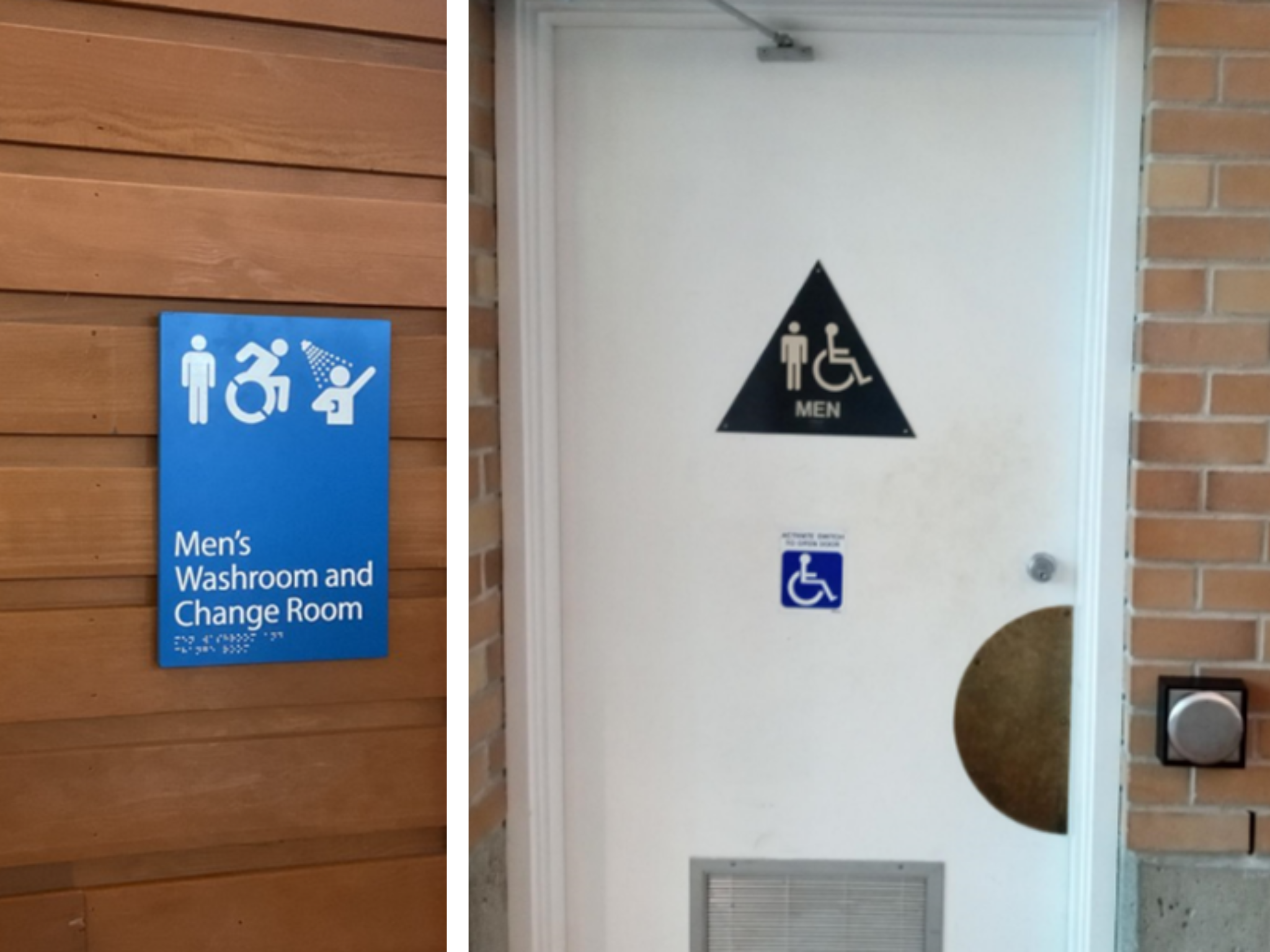
Taking RHFAC Training and building a culture of inclusion
Creating an accessible city goes beyond just physical upgrades; it requires education and awareness.
Tepes was one of the staff members who took RHFAC Professional Training as part of the grant funding.
“For me, the training was the best thing that has happened to me,” Tepes said. “I can apply it to projects beyond just the two we upgraded in the grant. I can now incorporate accessibility from the start, rather than adding it after.”
The RHFAC Professional Training course teaches individuals how to use the RHFAC methodology to rate buildings on their level of meaningful access.
Tepes explained that the course provided knowledge of the many considerations needed for varying disabilities to which he didn’t previously have an understanding and helped him share the knowledge with others.
“Before training I didn’t know what I didn’t know,” Tepes said. “Before training I was thinking accessibility was mostly about mobility, but I learned from the training it's well beyond that. I’m applying that to every piece of my work. Now, I have this great understanding. If we are working with an architect or designer, or other team members, we can now talk about accessibility more directly and bring the knowledge to the table early to help us improve our work in facilities.”

Future accessibility plans
Tepes explained that the benefits from the grant program go beyond the end date.
“We can apply the knowledge at no extra cost,” Tepes said. “It goes well beyond this project and can now be applied to any renovation or future project. One of the best parts was the rating assessment which will help us determine what to prioritize in these sites and others going forward.”
As for the city’s plans moving forward, they have completed 21 RHFAC rating assessments, which they are now using to determine what to prioritize in facilities and to assess which upgrades would be the most impactful.
“We hope to try and target RHFAC Gold on a couple buildings going forward,” Tepes added.
Access for all in Port Moody
Community is central to Port Moody and the work they have done to support the creation of inclusive and accessible spaces is a testament to that.
“If things were accessible, anyone of any age, ability, or any other factor would be able to make use of a space,” Tolentino said. “Access wouldn’t be something anyone would need to think about because they just can.”


